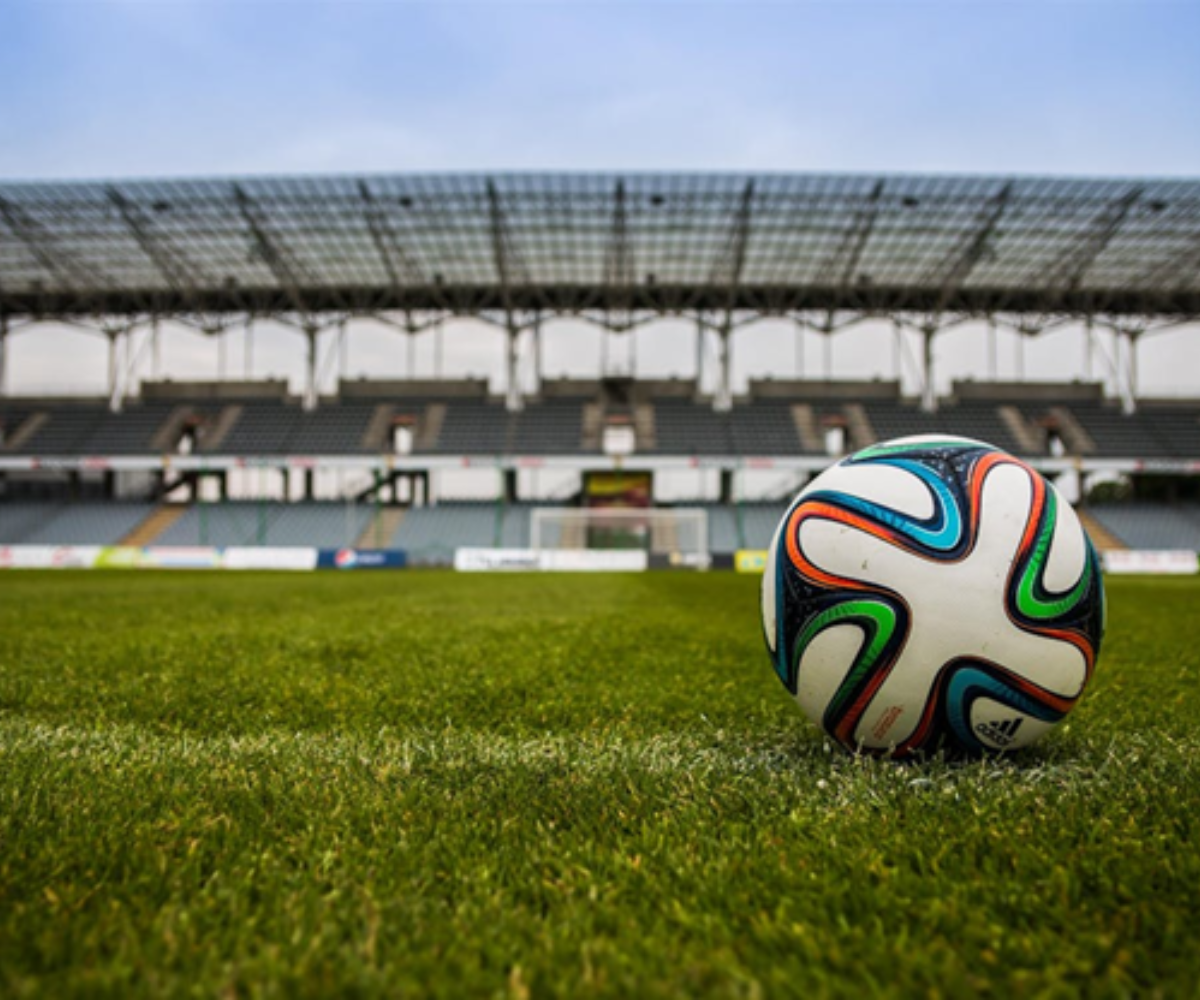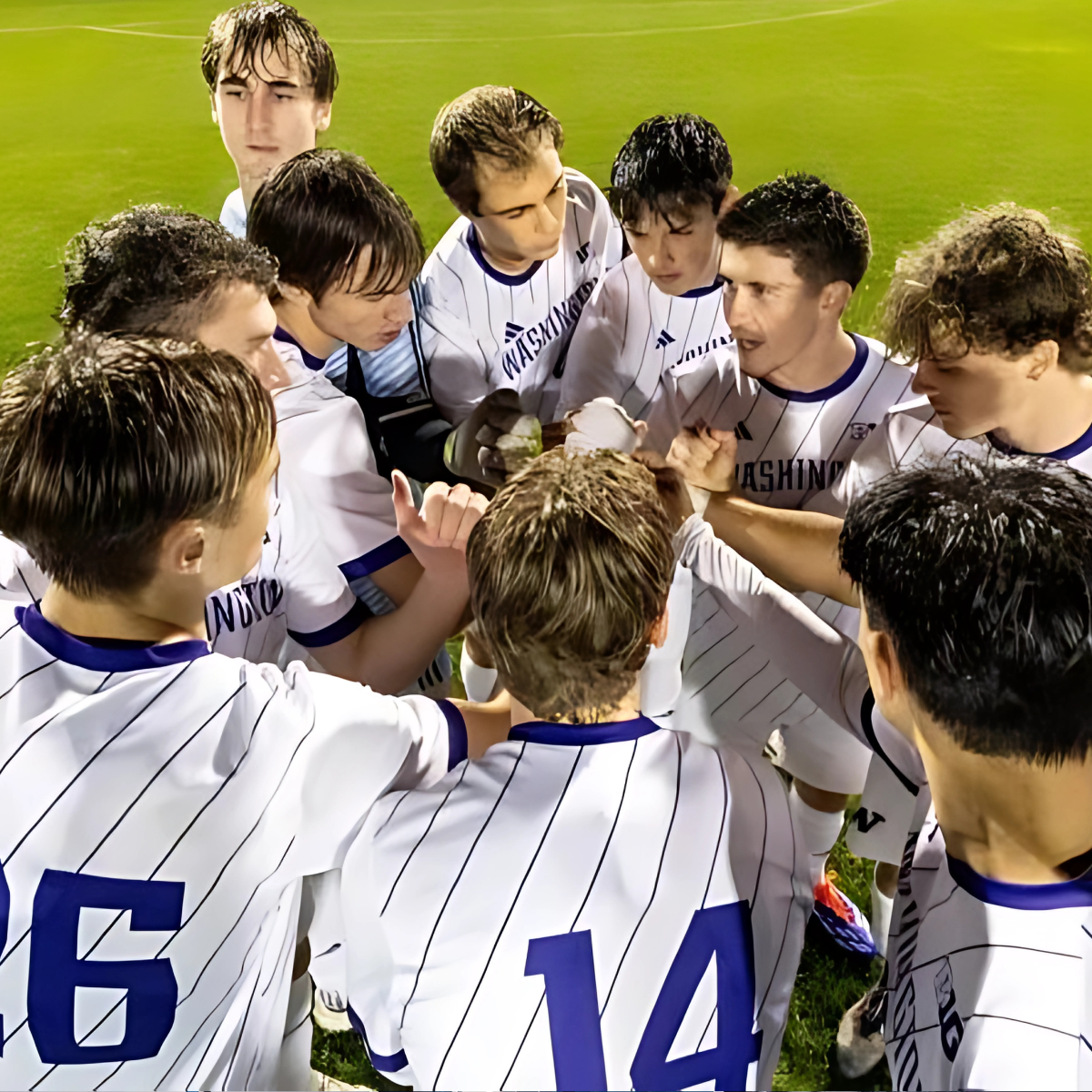Olympic field hockey is a dynamic and fast-paced sport that combines technical skills, strategic thinking, and teamwork.
As teams compete on the international stage, they employ various strategies that are unique to the sport. Understanding these strategies and how they differ from those in other team sports can provide insight into the complexities of Olympic field hockey.
Key Strategies in Olympic Field Hockey
- Formation and Positioning:
- Teams typically utilize specific formations to maintain structure and balance on the field. Common formations include the 4-4-2 and 3-3-4, which dictate how players position themselves during both offensive and defensive plays. These formations allow teams to create numerical advantages in specific areas of the field, facilitating better ball movement and defensive coverage.
- Ball Movement and Passing:
- Quick and precise ball movement is crucial in field hockey. Teams focus on short, rapid passes to maintain possession and create space. This strategy contrasts with sports like basketball, where players may hold the ball longer to create individual scoring opportunities. In field hockey, the emphasis is on teamwork and fluidity, allowing players to exploit gaps in the opponent's defense.
- Pressing and Defensive Strategies:
- Effective defensive strategies often involve high pressing, where players apply pressure to the opposing team in their half of the field. This tactic aims to regain possession quickly and disrupt the opponent's play. Additionally, teams may use a zone defense, where players cover specific areas rather than individual opponents, allowing for a more organized defensive structure.
- Set Pieces and Penalty Corners:
- Set pieces, particularly penalty corners, are critical scoring opportunities in field hockey. Teams develop specific plays for these situations, utilizing player positioning and movement to create clear shot opportunities. This strategic planning is essential, as penalty corners can often determine the outcome of tightly contested matches.
- Game Management:
- Successful teams excel in managing the flow of the game. This includes knowing when to push for goals, when to maintain possession, and how to effectively utilize timeouts and substitutions. Teams must be adept at reading the game and making tactical adjustments based on the current situation, which is a skill shared with other team sports like soccer and basketball.
SEE: How Athletes Qualify for the Paralympic Games and the Classification Categories
SEE: Key Strategies in Olympic Field Hockey and How They Differ from Other Team Sports
Differences from Other Team Sports
- Field Size and Player Numbers:
- Olympic field hockey is played on a rectangular field measuring 91.4 meters by 55 meters, with each team consisting of 11 players. This contrasts with sports like soccer, which has a larger field and different player dynamics. The size and layout of the field influence how strategies are developed and executed.
- Stick Handling and Ball Control:
- In field hockey, players use a flat-faced stick to control the ball, which requires specific techniques for passing, dribbling, and shooting. The emphasis on stick skills is more pronounced than in sports like basketball, where hand-eye coordination is key. Players must master various techniques, such as the push, flick, and hit, to effectively maneuver the ball.
- Offside Rule:
- Unlike soccer, field hockey does not have an offside rule. This allows for more fluid movement and positioning of players, enabling teams to spread out and create space without the constraints of offside violations. This aspect influences offensive strategies, as players can position themselves freely to receive passes.
- Game Duration and Structure:
- Olympic field hockey matches consist of four quarters, each lasting 15 minutes, with a brief halftime break. This structure differs from soccer's two halves and allows for more strategic time management and pacing. Teams must adapt their strategies throughout the match, considering the shorter quarters and the need to maintain intensity.
- Player Specialization:
- In field hockey, players often have specialized roles, such as forwards, midfielders, and defenders, each with specific responsibilities. This specialization is more pronounced than in some other team sports, where players may have more fluid roles. Understanding and executing these roles effectively is crucial for team success.
Olympic field hockey is characterized by its unique strategies that emphasize teamwork, quick ball movement, and tactical awareness. The distinct formations, pressing techniques, and set-piece strategies set it apart from other team sports. By understanding these key strategies and their differences, fans and players alike can appreciate the complexity and skill involved in Olympic field hockey, highlighting the dedication required to compete at the highest level. As the sport continues to evolve, these strategies will remain integral to the success of competing teams on the Olympic stage.
Linkhouse







%20(1200%20%C3%97%20232%20px)%20(9).png)









.png)

